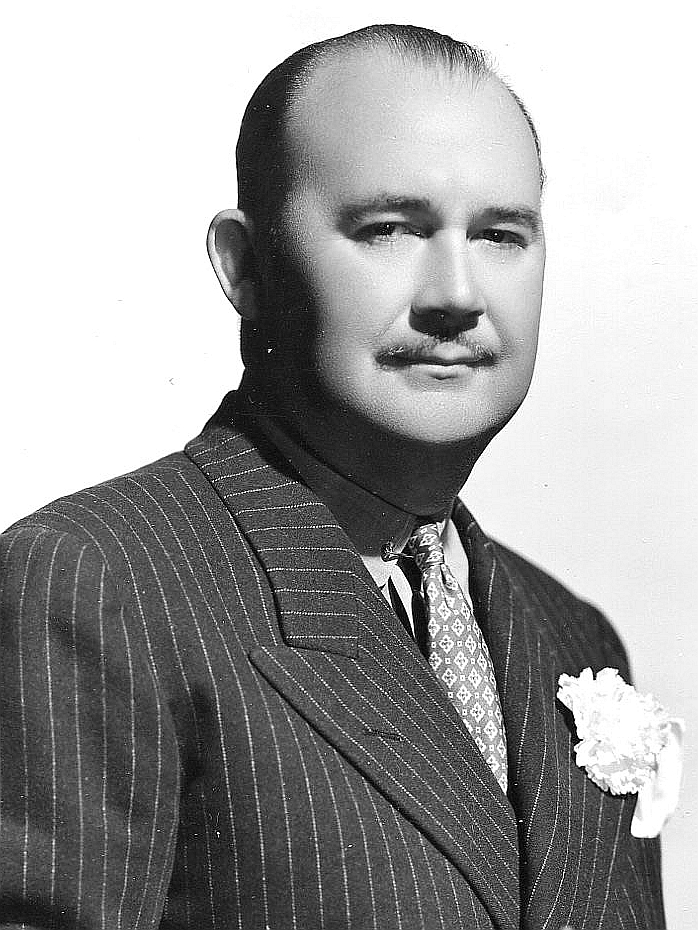Introduction to "Whispering" by Paul Whiteman
In the realm of iconic 1920s music, "Whispering" by Paul Whiteman stands out as one of the era's most influential pieces. Whiteman, often referred to as the "King of Jazz," introduced this song in 1920, and it quickly became a staple in the jazz community.
The Cultural and Historical Context of "Whispering"
Set against the backdrop of the Roaring Twenties, this track captures the vibrant energy and cultural upheaval of the time. The 1920s were a period of significant cultural change, with music playing a key role in these transformations. This piece, with its innovative jazz rhythms and melodies, exemplified the era's daring spirit and musical experimentation.
An Interesting Fact about "Whispering"
Interestingly, despite the track's popularity, it was initially seen as a risky venture. Its unique blend of jazz and pop bewildered some conservative listeners. However, it quickly gained universal acclaim, proving that audiences were ready for a new, exciting sound. This success catapulted Paul Whiteman to stardom and firmly established his influence in the music industry.
Cover Versions of "Whispering"
The enduring appeal of "Whispering" is evident in the numerous cover versions it has inspired over the years. Artists from various genres have put their unique spin on this classic piece, including Benny Goodman, Les Paul, and even The Beatles during their early years. These cover versions have helped to cement "Whispering"'s status as an essential piece in the jazz canon.
Why "Whispering" by Paul Whiteman is Still Relevant
Despite being a century old, the cultural impact of this 1920s song remains significant. It's not just a nostalgic throwback to a bygone era; it's a testament to the timeless appeal of innovative music. The track's ability to transcend generations and inspire countless musicians speaks volumes about its enduring relevance in today's music scene.




Comments (0)